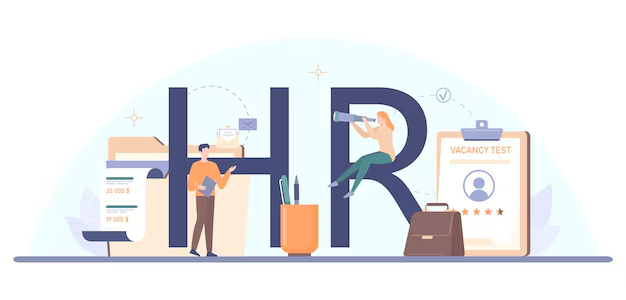What is Workforce Planning?
Workforce planning is the process of aligning an organization’s human resources with its business needs. It involves forecasting future workforce requirements, identifying the skills needed, and ensuring that the right number of employees are in place to achieve the organization’s strategic goals. Workforce planning is essential for ensuring that an organization has the right people, with the right skills, in the right roles, at the right time.
It is a critical element of HR management, as it enables organizations to anticipate and prepare for future talent needs while addressing any gaps in the current workforce. Effective workforce planning ensures that businesses can adapt to changing market conditions, technological advancements, and evolving business objectives.
The Importance of Workforce Planning
- Strategic Alignment: Workforce planning ensures that human resources are aligned with the company’s strategic goals. By understanding the skills, roles, and staffing levels needed, organizations can proactively prepare for the future, ensuring they remain competitive and agile.
- Optimizing Talent Utilization: By accurately predicting the skills and roles required for future business success, workforce planning helps organizations allocate resources more efficiently, avoiding overstaffing or understaffing.
- Reducing Recruitment Costs: Effective workforce planning helps organizations identify talent shortages early on, allowing them to address gaps before they become urgent. This reduces the cost and time spent on recruitment and onboarding.
- Improving Employee Retention: Workforce planning helps businesses identify skills gaps and development opportunities, ensuring employees are continuously growing and their roles align with organizational needs. This contributes to higher employee satisfaction and retention.
- Adapting to Change: In a rapidly changing business environment, workforce planning allows organizations to be more adaptable. By forecasting changes in business needs, such as technological shifts or changes in market demands, businesses can stay ahead and adjust their workforce accordingly.
Key Components of Workforce Planning
- Demand Forecasting: This involves predicting the future workforce requirements based on business goals and strategic objectives. It includes estimating the number and types of employees needed, as well as the skills and qualifications required.
- Supply Forecasting: This component involves assessing the current workforce’s skills, competencies, and readiness. By understanding the existing talent pool, organizations can identify skill gaps and areas where additional training or recruitment is needed.
- Gap Analysis: Once the demand and supply forecasts are complete, a gap analysis helps identify discrepancies between the required workforce and the available workforce. It outlines the steps necessary to bridge these gaps, such as recruitment, training, or redeployment.
- Talent Development and Retention: To ensure long-term success, workforce planning includes strategies for talent development, career progression, and retention. Providing employees with opportunities for growth and development ensures that the organization is prepared to meet future workforce needs.
- Succession Planning: Succession planning is an integral part of workforce planning, ensuring that key leadership and critical positions are filled internally. It identifies potential leaders and provides them with the necessary training and mentorship to step into important roles when needed.
Benefits of Workforce Planning
- Improved Operational Efficiency: By aligning human resources with organizational needs, businesses can maximize productivity and ensure they are making the best use of available talent.
- Cost Management: Workforce planning helps prevent overstaffing and understaffing, both of which can lead to increased costs. Proper planning ensures that the organization’s workforce size is optimal.
- Talent Optimization: Identifying and addressing skill gaps within the organization ensures that employees are utilized to their full potential and that the right talent is available for future business needs.
- Employee Satisfaction: By focusing on employee development and offering career progression opportunities, workforce planning can improve employee engagement and retention.
